Today, we’re taking a look back at a post from October 2015, an oldie-but-goodie that we hope you enjoy!
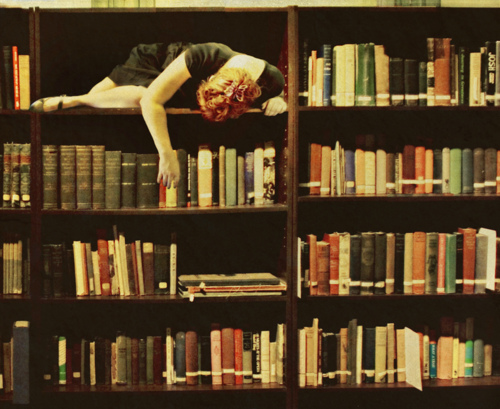
Yesterday, the fabulous book blog BookRiot posted a sensational review of “The Books That Made Us Romance Readers”–a collection of the books that changed their ideas of romance, and made them passionate, devoted genre readers. It was a wonderful article, with some truly sensational recommendations. But part of the introductory material really grabbed my attention: Author Nikki Steel mentioned her umbrage with The Word. That Word that so grates on my own nerves. That Word that always comes out when we talk about romance novels.
TRASHY.
It’s a word that gets used so often in describing romances, and has been used for so long, that I think we may just take it for granted. But we shouldn’t. Because it’s a word loaded with so much meaning and judgement that it often keeps people from even picking up a romance novel, let alone enjoying all that it has to offer.
 If I told you that a specific genre comprised 13% of all adult fiction sold, and over 50% of all paperbacks purchased, had a regular readership of 29 million people, and collectively earned $1.44 billion last year (which is 20% of all adult fiction sales), what word would you use to describe that genre? Powerful? Probably. Influential? Certainly. Trashy? Most likely not…unless we are talking about romance. We talk about spy novels, political thrillers, mysteries as “light reads”, “easy reads”, or “fun reads”. But very, very seldom does anyone call these genres by the T word. Also, I have never seen anyone act shyly about checking out or reading a book with explosions, military paraphernalia, or espionage-type briefcases and trench-coats on the covers. Yet there remains a stigma about romances that no statistics can seem to shake. Why?
If I told you that a specific genre comprised 13% of all adult fiction sold, and over 50% of all paperbacks purchased, had a regular readership of 29 million people, and collectively earned $1.44 billion last year (which is 20% of all adult fiction sales), what word would you use to describe that genre? Powerful? Probably. Influential? Certainly. Trashy? Most likely not…unless we are talking about romance. We talk about spy novels, political thrillers, mysteries as “light reads”, “easy reads”, or “fun reads”. But very, very seldom does anyone call these genres by the T word. Also, I have never seen anyone act shyly about checking out or reading a book with explosions, military paraphernalia, or espionage-type briefcases and trench-coats on the covers. Yet there remains a stigma about romances that no statistics can seem to shake. Why?
In a career retrospective, playwright Vicky Featherstone recalled some advice she had been given years ago: “We’re really used to living in a society where the main narrative – politicians, kings, judges – the main narratives on-stage and in our lives are male-led. And actually, we don’t know whether we’re very good yet at watching a female narrative, especially with a flawed character.” I hold that this fact is true on-stage, in our lives, and in our books, as well. The idea of a male spy, a male army general, or a male detective isn’t at all revolutionary, or in any way dangerous. They have a cultural sanction to be the heroes of the story, and to have women as their sidekicks, their assistants, their lovers, wives, girlfriends, or victims. But the idea of a female spy (who isn’t femme-fatale), a female general, or a female private eye presents a challenge to many.
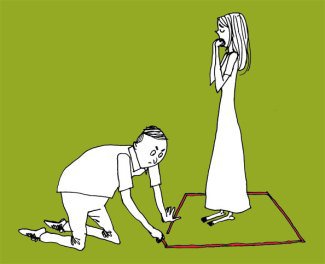 For centuries, female characters have been put in boxes. Medea is insane; Lady Macbeth is a villain; Bella Swan in an ingenue; Hester Prynne is a victim. And many people are still very uncomfortable when women break out of those boxes and become the uncontrollable, unpredictable heroine of their story (I’m looking at you, Gone Girl). Male heroes don’t challenge the status quo, just as male-dominated narratives don’t make us think twice. But women with narrative power calls all the things we consider ‘normal’ into question. And it is, sadly, a part of human nature to strike out at things that make us uncomfortable–to deny them their power in order to make things go back to ‘normal’.
For centuries, female characters have been put in boxes. Medea is insane; Lady Macbeth is a villain; Bella Swan in an ingenue; Hester Prynne is a victim. And many people are still very uncomfortable when women break out of those boxes and become the uncontrollable, unpredictable heroine of their story (I’m looking at you, Gone Girl). Male heroes don’t challenge the status quo, just as male-dominated narratives don’t make us think twice. But women with narrative power calls all the things we consider ‘normal’ into question. And it is, sadly, a part of human nature to strike out at things that make us uncomfortable–to deny them their power in order to make things go back to ‘normal’.
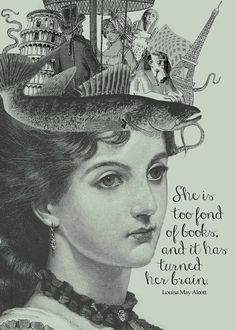 Hence, the unfortunate rationale of That Word, and a major reason for the stigma surrounding romance novels: women in charge of their own lives, calling their own shots, and demanding happiness on her own terms challenges most of the narratives we have read throughout history. Perhaps most disheartening of all, though, it also stigmatizes readers. Readers who, according to the stats, tend to be college-educated people with jobs and incomes. But readers who are told time and again that romances aren’t “realistic” (because the idea zoo animals plotting to kill us all, or a zombie virus that can only be combatted by two male heroes is in any way more realistic?); that they give us an “unhealthy worldview” (if that were true, then we should all stop reading books about serial killers immediately). That they give unreasonable expectations…
Hence, the unfortunate rationale of That Word, and a major reason for the stigma surrounding romance novels: women in charge of their own lives, calling their own shots, and demanding happiness on her own terms challenges most of the narratives we have read throughout history. Perhaps most disheartening of all, though, it also stigmatizes readers. Readers who, according to the stats, tend to be college-educated people with jobs and incomes. But readers who are told time and again that romances aren’t “realistic” (because the idea zoo animals plotting to kill us all, or a zombie virus that can only be combatted by two male heroes is in any way more realistic?); that they give us an “unhealthy worldview” (if that were true, then we should all stop reading books about serial killers immediately). That they give unreasonable expectations…
But breaking out of those boxes, and having limitless expectations is precisely what romances allow female characters to do–indeed, it rewards them for it; not necessarily with marriage or with a man, but, more importantly, with fulfillment and self-affirmation. As the brilliant Maya Rodale explained in an article for Bustle: “the HEA [happily ever after] is the heroine’s reward for embarking on an adventure, defying expectations for herself, creating her own story, discovering what makes her happy and learning to live and love on her own terms. And the real reward isn’t the ring or the guy, it’s getting to be happy.” They encourage their female readers not to settle, and to refuse to stay put in the box.
So rather than label romances with words that strip them, their characters, and their readers of power and agency, let’s find a new way to describe them, shall we? Progressive? Revolutionary? Empowering?
…Or we can just start by calling them books. And reminding readers that they have brains and feelings and the individual right to read whatever they want.

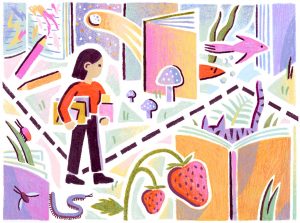
 And, of course, it got me thinking about the books that defined my own childhood. I realized, pretty quickly, that most of the books that defined my growing-up years were ones that I shared with others–usually, they were books read to my by my Father, or my teachers, or books that I learned to read myself (see below). I always had trouble as a kid with the thin line between fiction and reality (I still do, let’s be honest here), and it was (is) a source of constant frustration for me that I was the only person who knew the members of the Baby-Sitters’ Club, or who had wandered around
And, of course, it got me thinking about the books that defined my own childhood. I realized, pretty quickly, that most of the books that defined my growing-up years were ones that I shared with others–usually, they were books read to my by my Father, or my teachers, or books that I learned to read myself (see below). I always had trouble as a kid with the thin line between fiction and reality (I still do, let’s be honest here), and it was (is) a source of constant frustration for me that I was the only person who knew the members of the Baby-Sitters’ Club, or who had wandered around 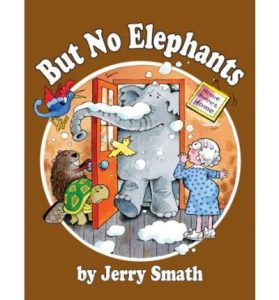
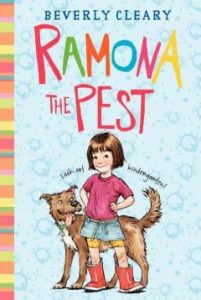
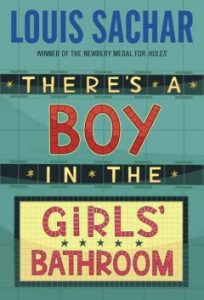
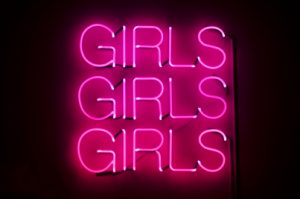
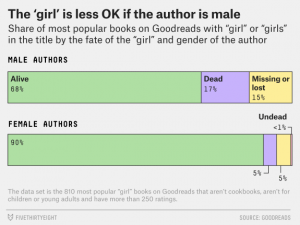
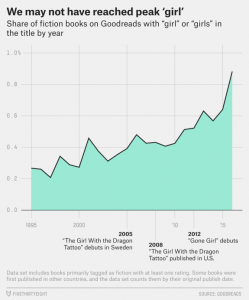
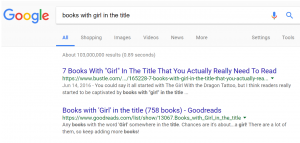
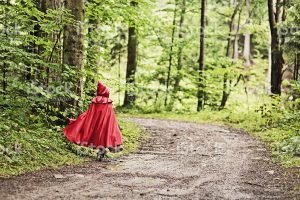 That we are highlighting the actions and roles of women in these stories is also pretty significant. But to keep calling them “girls” traps these characters in a kind of fairytale world where young ladies went where they weren’t supposed to go. The fact that these The “girls” in these titles are very often portrayed as vulnerable, breakable, and, possibly, insane, reinforces that. Or else it uses “girls” in the same way we say “girls’ night” or call things “girly”. It trivializes the power and agency these characters have in their stories.
That we are highlighting the actions and roles of women in these stories is also pretty significant. But to keep calling them “girls” traps these characters in a kind of fairytale world where young ladies went where they weren’t supposed to go. The fact that these The “girls” in these titles are very often portrayed as vulnerable, breakable, and, possibly, insane, reinforces that. Or else it uses “girls” in the same way we say “girls’ night” or call things “girly”. It trivializes the power and agency these characters have in their stories.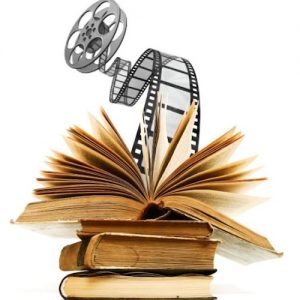
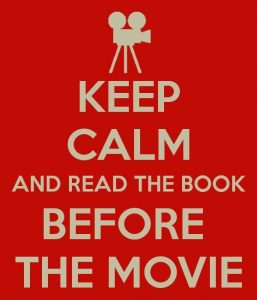 Anyways, there are precious few adaptations that I enjoyed more than the books–like
Anyways, there are precious few adaptations that I enjoyed more than the books–like 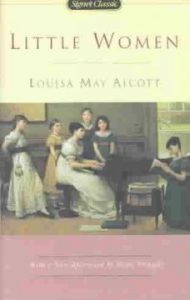
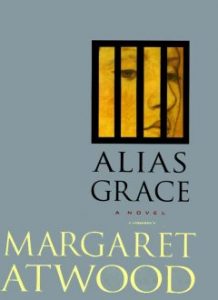
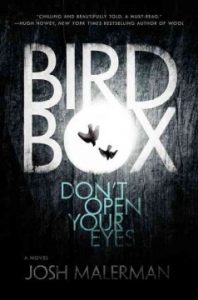
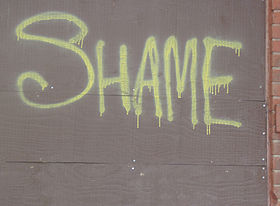
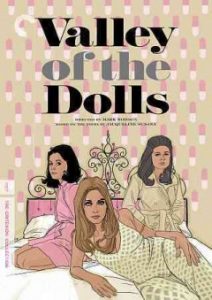 That a list would run such an enormous gamut without comment or critique was in itself…odd to me. A lot of the books there were ones I had read in history and literature classes in college (T
That a list would run such an enormous gamut without comment or critique was in itself…odd to me. A lot of the books there were ones I had read in history and literature classes in college (T

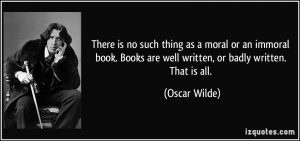
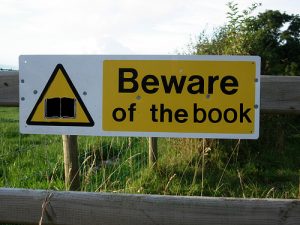
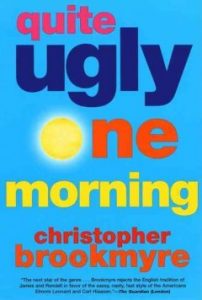 For those who haven’t discovered this delightfully smart, insightful, and occasionally, startlingly visceral series, the main character is a journalist named Jack Parlabane, who makes his career by taking on the stories that one else even believes exists, and gets his scoops by breaking in, snooping, and hacking the most seemingly impossible places. And while all these hijinx are exciting, and some of the situations are wildly, almost absurdly outlandish, what I love is that Christopher Brookmyre makes all his characters real, and flawed (sometimes appallingly so), and, generally lovable (this usually doesn’t extend to his villains, who can be pretty appalling, in the best of ways.
For those who haven’t discovered this delightfully smart, insightful, and occasionally, startlingly visceral series, the main character is a journalist named Jack Parlabane, who makes his career by taking on the stories that one else even believes exists, and gets his scoops by breaking in, snooping, and hacking the most seemingly impossible places. And while all these hijinx are exciting, and some of the situations are wildly, almost absurdly outlandish, what I love is that Christopher Brookmyre makes all his characters real, and flawed (sometimes appallingly so), and, generally lovable (this usually doesn’t extend to his villains, who can be pretty appalling, in the best of ways.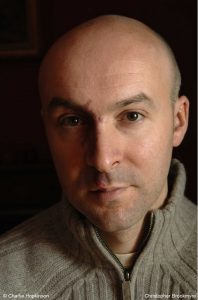
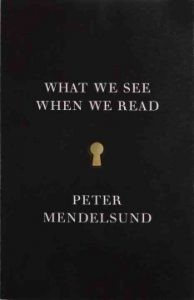 There have been some fascinating pieces written about the way we imagined literary characters. One of my favorites is
There have been some fascinating pieces written about the way we imagined literary characters. One of my favorites is 
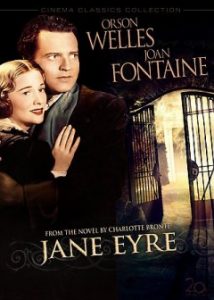 And what about the characters for whom we don’t have a good understanding? I’ll be honest, I couldn’t really describe what Rochester looks like. He is one of my favorite characters, I’ve read him countless times, I know his soul; but I couldn’t really describe his looks to you well enough that you would recognize him on the street. I’ve watched a whole slew of adaptations of Jane Eyre, and seen Rochester portrayed by everyone from
And what about the characters for whom we don’t have a good understanding? I’ll be honest, I couldn’t really describe what Rochester looks like. He is one of my favorite characters, I’ve read him countless times, I know his soul; but I couldn’t really describe his looks to you well enough that you would recognize him on the street. I’ve watched a whole slew of adaptations of Jane Eyre, and seen Rochester portrayed by everyone from 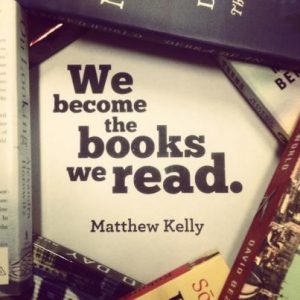
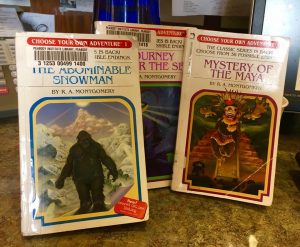
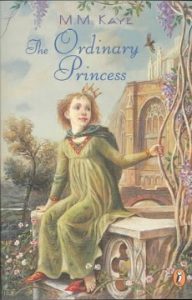
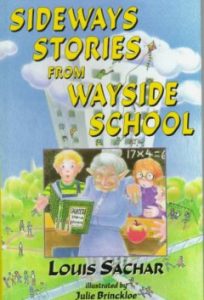
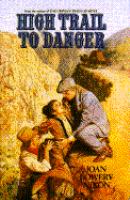 High Trail to Danger
High Trail to Danger